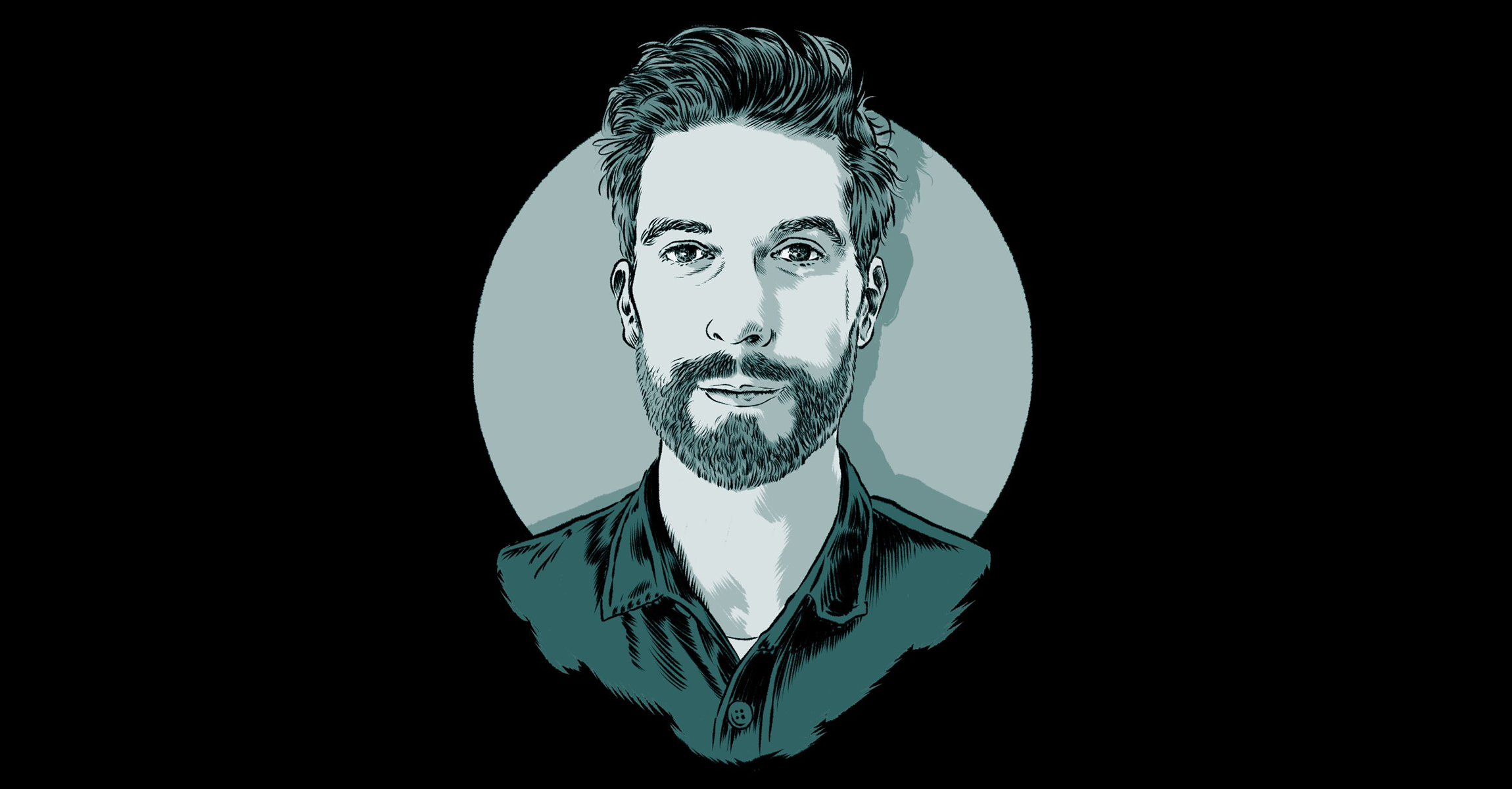Janneke Wesseling will soon retire and has therefore recently resigned from her duties as figurehead of the Art route. She proposed Michel van Dartel as her successor, a proposal that was wholeheartedly supported by the steering committee of the Art route. Van Dartel is director of the platform for art and media technology V2_Lab in Rotterdam and lector at Avans Center for Art Design and Technology.
Van Dartel supports the goals of the NWA (De Nationale Wetenschapsagenda) and the mission of the Art route as formulated under the chairmanship of Wesseling. "The confidence that the route instills in me is an enormous stimulus, also for the work that I do as a director and lector," says Van Dartel.
HUMAN COGNITION AND THE ROLE OF THE RELATIONSHIP BETWEEN BODY AND ITS ENVIRONMENT
Van Dartel has a background in cognitive science, in which he progressed from a study in cognitive psychology to a PhD in artificial intelligence. "Within that PhD I focused on empirical evidence based on robotics research for the proposition that cognition can only be explained on the basis of interaction between brain, body and environment.” The fact that our bodies and the environment in which we find ourselves (also) matter in explaining things such as thoughts, perception and memories was mainly fodder for philosophers at the time. And for artists, I gradually realized."
Van Dartel's interest in human cognition and the role of the relationship between body and environment in explaining it has translated into a more specific interest in how technology intervenes in and changes that relationship. "If you embrace the idea that our cognition arises from interaction between our brain, body and environment, then you also realize how great the impact is of technology that intervenes in that interaction, on our thinking, perception, memory, et cetera." The lector indicates that he finds scientific research limited in what it has to offer in this area. "Or rather, there is still much that science can learn from the arts."
THE TRANSITION FROM SCIENCE TO ART
Despite the fact that Van Dartel has been active in the culture and events sector since his teenage years, it was only during his PhD research that he realized that many artists explored the same questions and reflected on them in ways that were much more in keeping with his views. "At that time I experienced a lot of resistance in my attempts to involve artists in my PhD research and I experienced first-hand how science looks down on art. At the time, that forced me to make the switch from science to art, but I have always continued to work as an ambassador for improvement in that area."
Van Dartel does this in the first place by devoting himself, as director of V2_Lab and as a lector, to the development of artistic research and the creation of new opportunities for artists to conduct research. In addition, he is a member of various forums and committees. Within these he sees opportunities for research for and by the arts or opportunities to improve the quality and status of artistic research. "For example, as a member of the Taskforce Professional Doctorate Kunst+Creatief, I am currently committed to expanding the PhD opportunities for artists and I joined the Art route in 2020."
TAKING THE SOCIAL IMPORTANCE OF ART SERIOUSLY
Besides the fact that Van Dartel sees the arts as complementary to science, he has become very aware over the years that the arts themselves also develop and therefore need to be researched, he says. "Art is always in flux because artists are constantly seeing new urgencies, but if you really take the social importance of art seriously, you also have to support the development of its aesthetics, forms of expression and practices with research."
"That is what I hope to convey as the figurehead of the Art route", he says. “Given my background, you can count on me to pay particular attention to research into the aesthetics, forms of expression and practices needed to interpret and visualize the impact of technological progress."
Image: Michiel Walrave.
